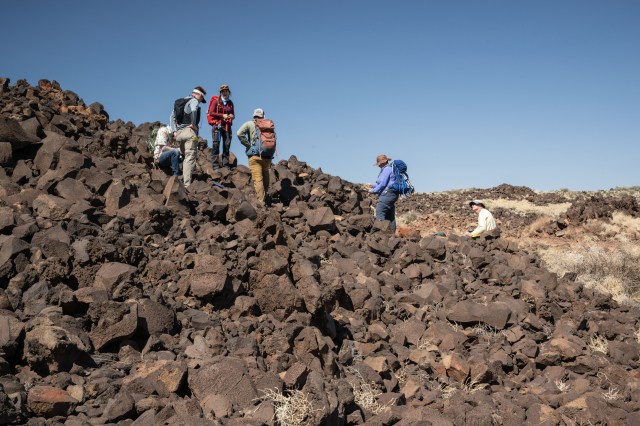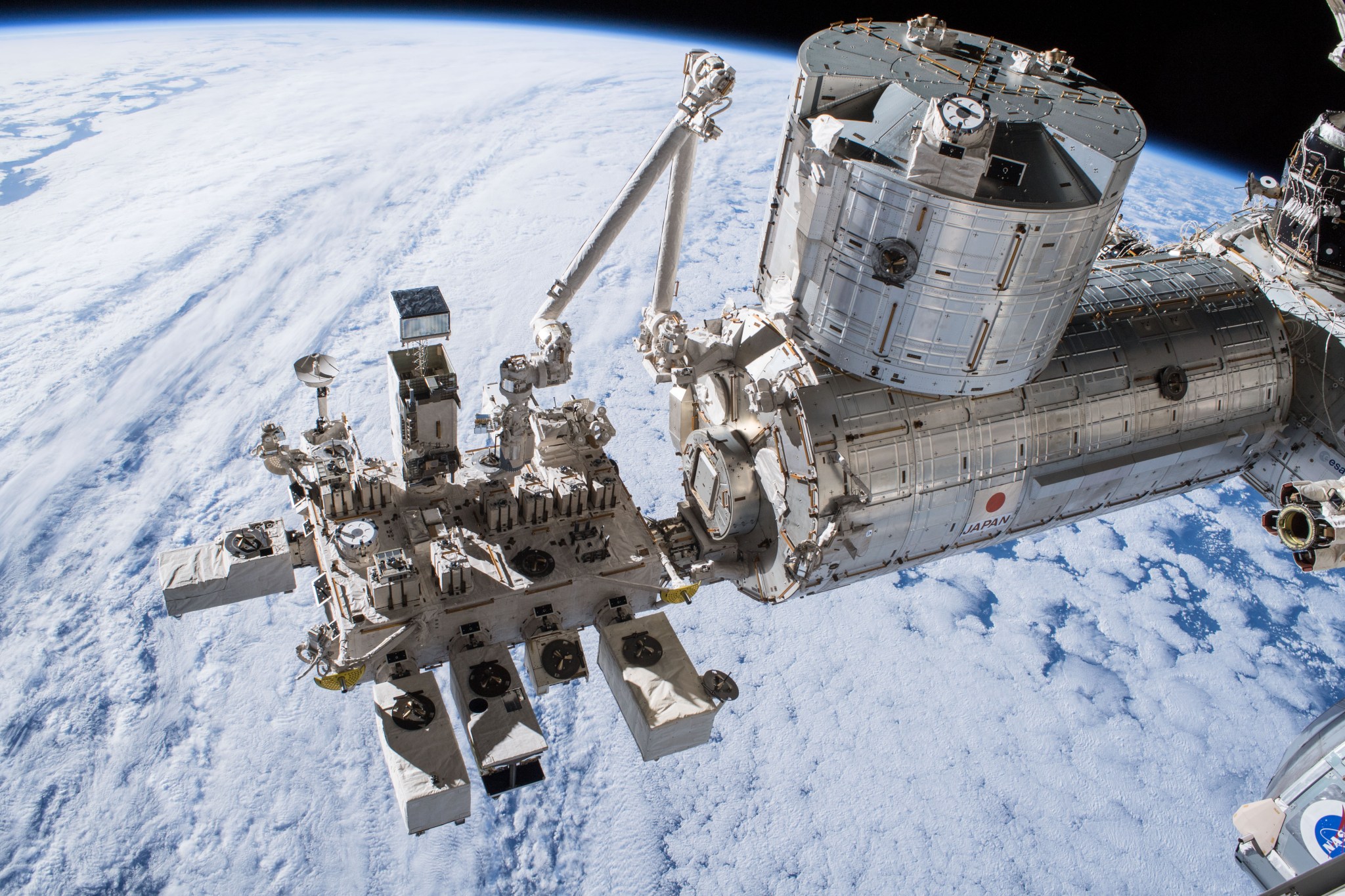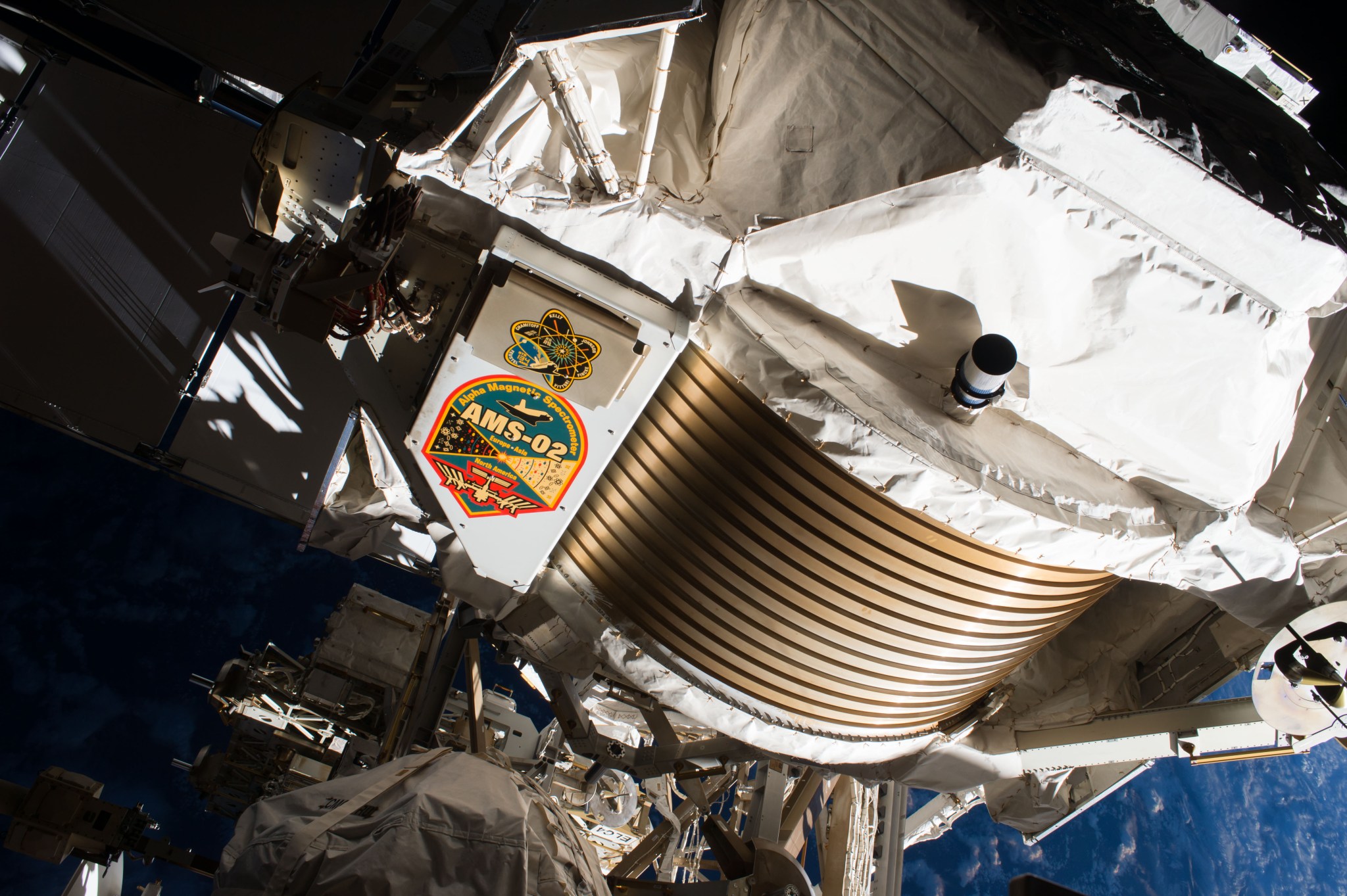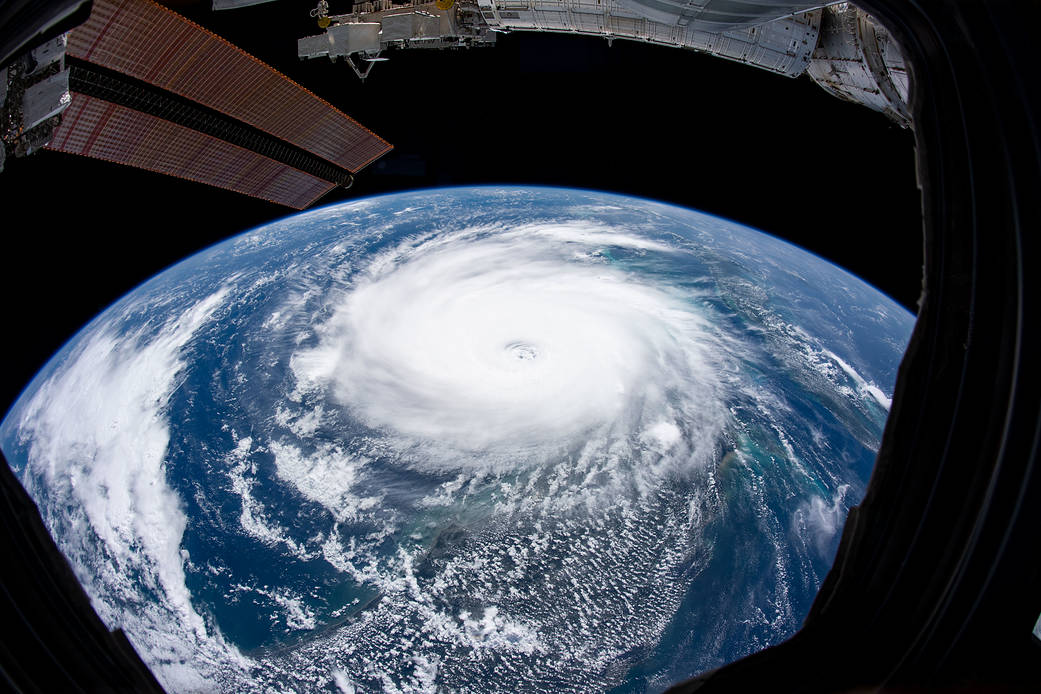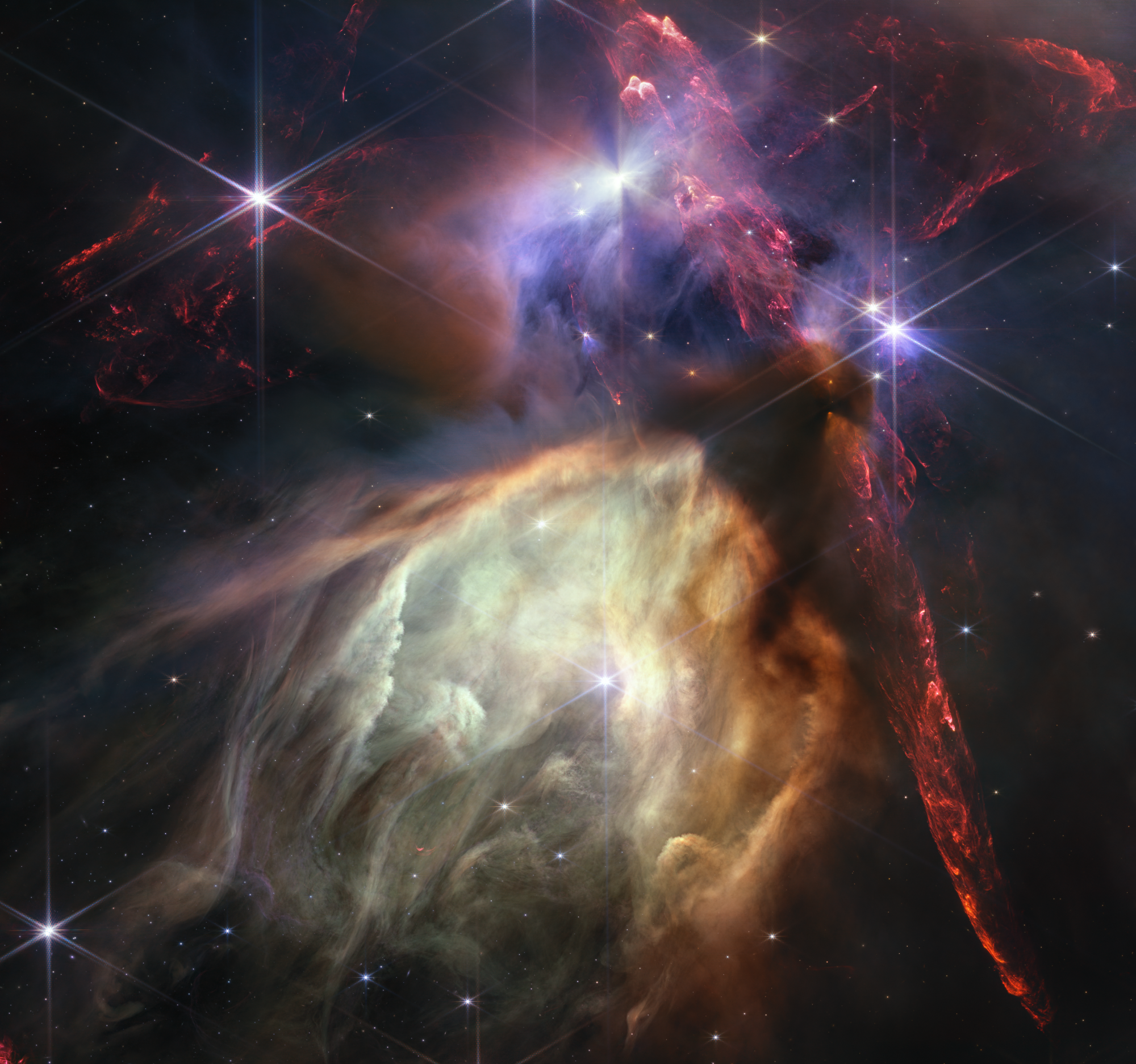The outside of the International Space Station provides a perch for experiments that reach far into and beyond the galaxy, providing information ranging from the locations of black holes to the makeup of the universe itself.
The Extraordinary Physics of Neutron Stars
One of the experiments using this perch is NASA’s NICER, which studies the glowing cinders left behind when massive stars explode as supernovae and form neutron stars.
“Neutron stars are fantastic objects. They represent the densest matter that we know of in the universe. If you could squeeze a neutron star any further, it would implode into its event horizon and become a black hole,” said Keith Gendreau, NICER principal investigator at NASA’s Goddard Space Flight Center in Greenbelt, Maryland. “We do not know how matter behaves at these super-high densities because we cannot reproduce them in any experiment here on Earth or in the solar system.”
Observations by NICER already have led to significant findings, including a sudden spike of X-rays on the surface of a pulsar1, the first-ever surface map of hot spots on a pulsar’s surface2, and the discovery that matter in the heart of a neutron star is less squeezable than some physicists predicted3.
Investigators developed and patented new X-ray technology for the experiment that could be turned on or off in nanoseconds. That technology, the Miniaturized High-Speed Modulated X-ray Source (MXS), made computed tomography (CT) scans more accessible back on Earth by enabling the creation of smaller, more power-efficient machines. These devices have successfully been used to scan pig lungs and human hands4.
On the space station, NICER continues its work analyzing neutron stars. “We are exploring quantum phenomena that are happening on enormous scales, and understanding them can have technological relevance to us,” said Zaven Arzoumanian, NICER deputy principal investigator at Goddard.
Zeroing in on X-ray Sources
Since 2009, a JAXA (Japan Aerospace Exploration Agency) investigation called MAXI has continuously scanned the skies for X-ray sources. When MAXI detects these sources, the research team alerts other observatories so scientists can capture additional data. These data help scientists to explore fundamental astrophysics questions and better understand the current state and evolution of our universe.
Working in concert with NICER, MAXI is using X-rays to uncover more mysteries of the universe and advance scientific understanding. MAXI scans 95% of the X-ray sky with each orbit of the station and NICER measures a much smaller patch of sky with significantly higher sensitivity to faint objects. The two instruments make a perfect pair, especially now that their relationship has been automated through a computer network on the station called OHMAN. MAXI uses the network to directly alert NICER when it determines something is worth that instrument’s attention, enabling NICER to follow up on the X-ray source within minutes rather than hours or days.
For example, astronomers were unaware of the presence of black hole J1820 until MAXI spotted an outburst on March 11, 20185. Black holes sometimes siphon gas from nearby companion stars, forming a ring of material called an accretion disk. Outbursts occur when an instability in the disk causes a flood of gas to move inward toward the black hole, like an avalanche. The causes of disk instabilities are poorly understood. J1820 went from an unknown black hole to one of the brightest sources in the X-ray sky over a few days. NICER moved quickly to capture this dramatic transition and followed the fading tail of the eruption over several months.
Searching for Antimatter and Dark Matter
The space station also contributes to the challenge of determining the composition of the universe. We know the universe contains matter and antimatter, which are similar but have opposite charges. When antimatter and matter meet, they annihilate each other, leaving only energy. Models suggest that antimatter and matter should exist in equal quantities, yet matter appears to be more common than antimatter. Scientists are looking for the “missing” antimatter using the Alpha Magnetic Spectrometer (AMS-02), which detects antimatter using magnetic fields that cause particles to behave differently depending on their charge.
AMS-02 also helps look for dark matter. Scientists infer the existence of this mysterious form of matter, which may account for most of the matter in the universe, based on the gravitational behavior of galaxies. We currently have no way to detect dark matter, so AMS-02 instead looks for particles that may be generated when antimatter interacts with dark matter.
Another JAXA investigation searching for signatures of dark matter, CALET is a charged particle telescope that scans the sky to track the trajectory of cosmic ray particles and measure their charge and energy. The instrument is optimized for measuring electrons and gamma rays, which may contain the signatures of dark matter or nearby sources of high-energy particle acceleration.
CALET is designed to address many of the outstanding questions in high-energy astrophysics, such as the origin of cosmic rays, the mechanism of cosmic-ray acceleration and galactic propagation, and the existence of dark matter. One of its main goals is discovering the first experimental evidence of nearby cosmic-ray sources. It also helps to characterize the radiation environment encountered by humans and space electronics and the risks that environment poses.
Thanks to these space-based tools for studying space, scientists are getting closer than ever before to solving mysteries of our universe.
Citations
1 Bult PM, Jaisawal GK, Guver T, Strohmayer TE, Altamirano D, Arzoumanian Z, Ballantyne DR, Chakrabarty D, Chenevez J, Gendreau KC, Guillot S, Ludlam RM. A NICER thermonuclear burst from the millisecond X-ray pulsar SAX J1808.4–3658. The Astrophysical Journal. 2019 October; 885(1): L1. DOI: 10.3847/2041-8213/ab4ae1
2 Arzoumanian Z, Gendreau KC. Focus on NICER Constraints on the Dense Matter Equation of State. The Astrophysical Journal Letters. Dec 2019.
3 Miller MC, Lamb FK, Dittmann AJ, Bogdanov S, Arzoumanian Z, Gendreau KC, Guillot S, Ho WC, Lattimer JM, Loewenstein M, Morsink SM, Ray PS, Wolff MT, Baker CL, Cazeau T, Manthripragada SS, Markwardt CB, Okajima T, Pollard SE, Cognard I, Cromartie HT, Fonseca E, Guillemot L, Kerr M, Parthasarathy A, Pennucci TT, Ransom SM, Stairs IH. The radius of PSR J0740+6620 from NICER and XMM-Newton data. The Astrophysical Journal Letters. 2021 September 10; 918(2): L28. DOI: 10.3847/2041-8213/ac089b
4 Cramer A, Hecla J, Wu D, Lai X, Boers T, Yang K, Moulton T, Kenyon SJ, Arzoumanian Z, Krull W, Gendreau KC, Gupta R. Stationary computed tomography for space and other resource-constrained environments. Scientific Reports. 2018 September 21; 8(1): 14195. DOI: 10.1038/s41598-018-32505-z.
5 Kara E, Steiner JF, Fabian AC, Cackett EM, Uttley P, Remillard RA, Gendreau KC, Arzoumanian Z, Altamirano D, Eikenberry S, Enoto T, Homan J, Neilsen J, Stevens AL. The corona contracts in a black-hole transient. Nature 2019 January 9; 565(7738): 198-201. DOI: 10.1038/s41586-018-0803-x.






